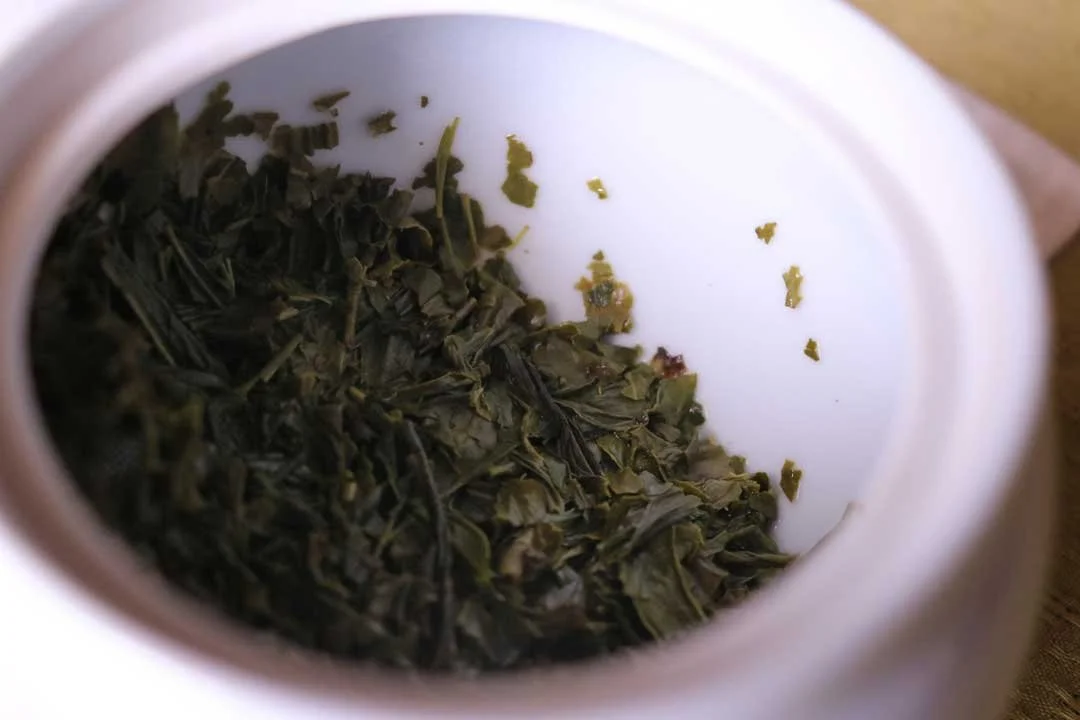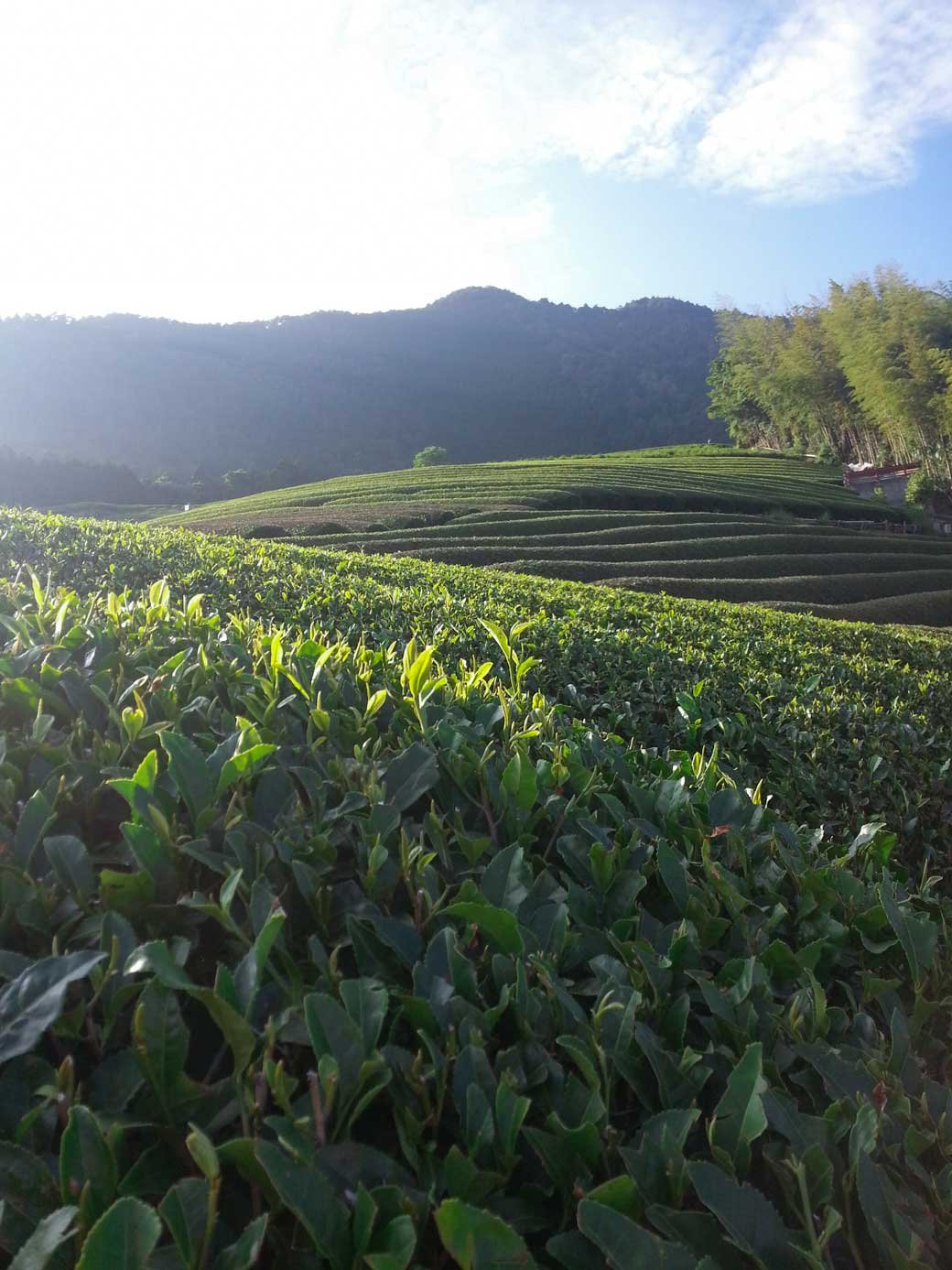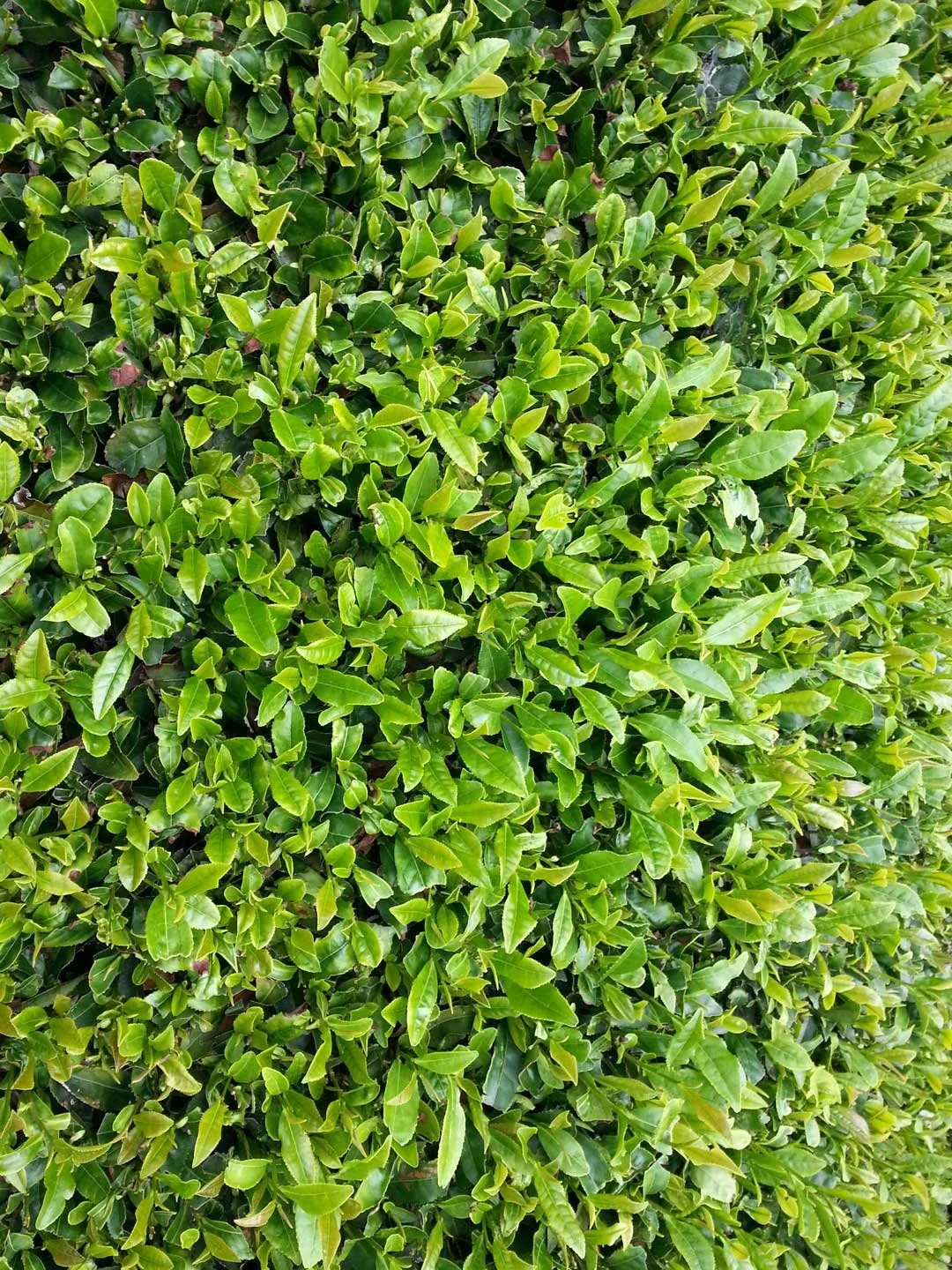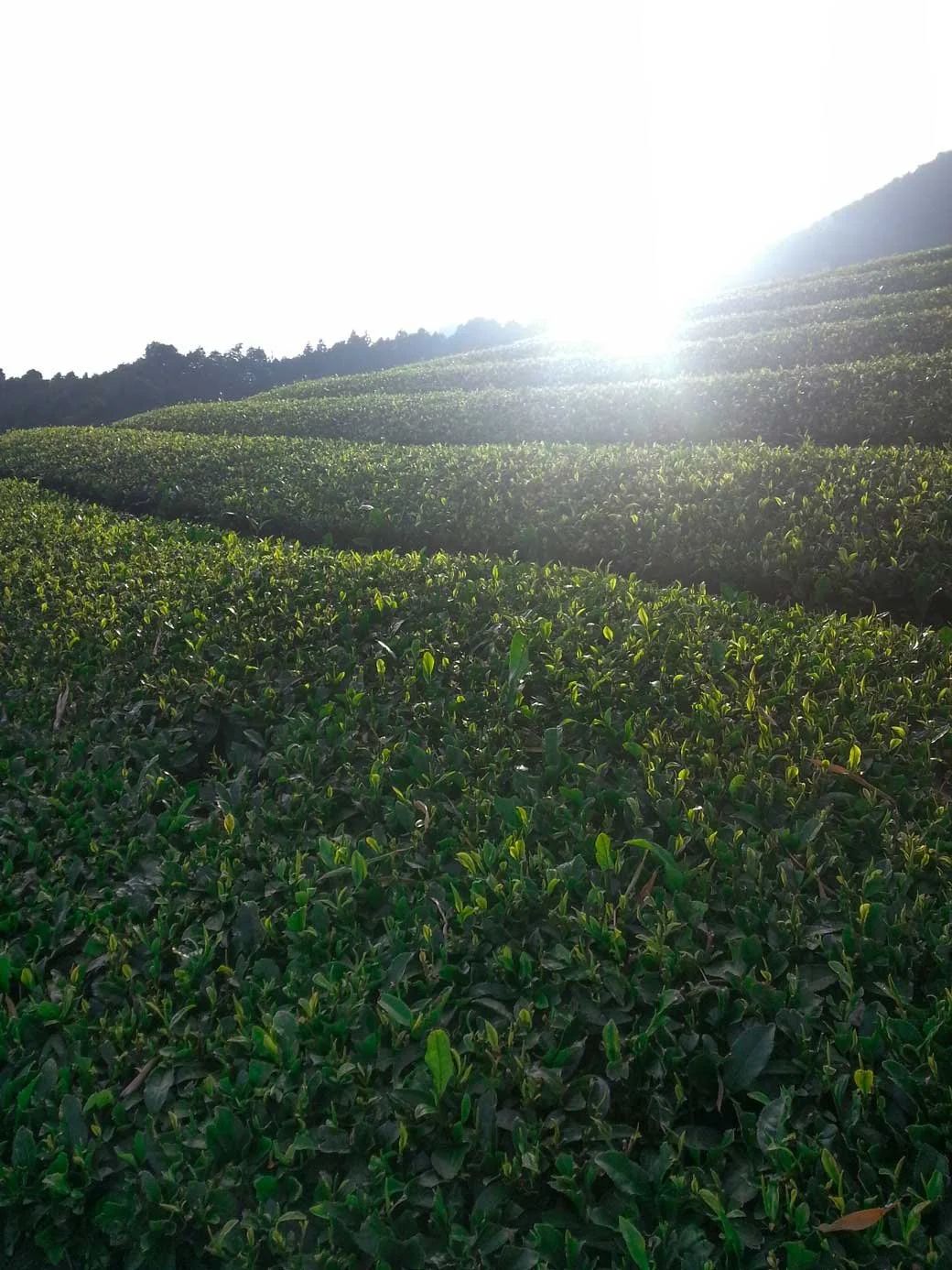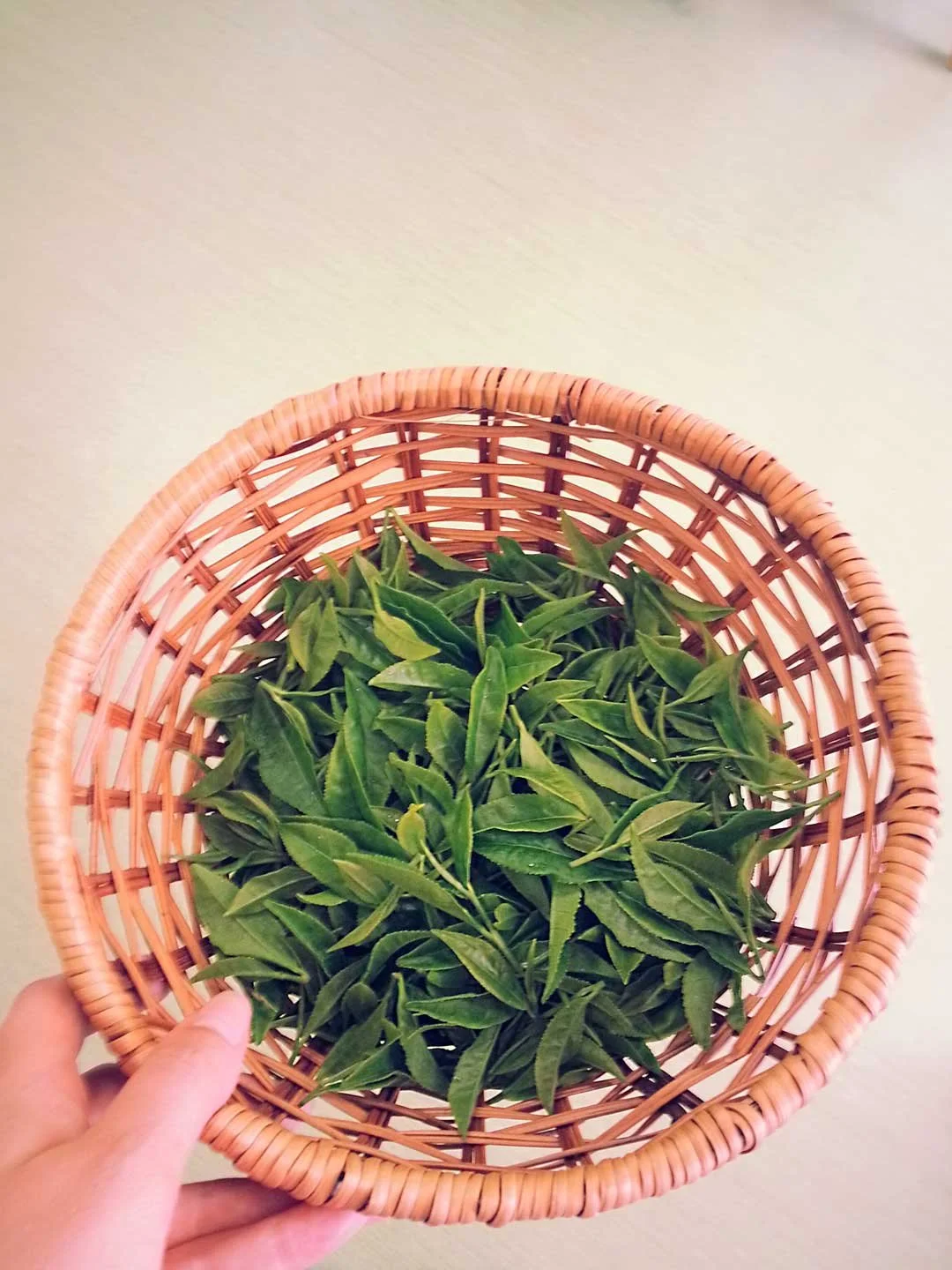A Brief History of Tea
The history of tea is filled with legend, myth, and above all...
Deceit.
A fascinating tale that every tea lover should read at least once.
This brief blog post will bring you through the origins of tea -
And one of the largest instances of corporate espionage the world has ever seen.
Let’s go.
Early Beginnings
The practice of consuming tea began in the Himalayan mountains
At the time, the leaves were chewed rather than brewed.
Eventually, the process of brewing tea took hold later with the first recorded instance of consuming tea being in the 2nd century BCE.
Putting aside physical evidence and turning instead to legends, there are two primary origin stories of tea:
Confucian
Buddhist
The Confucian Origin of Tea
Shennong is a Chinese deity that is said to have taught men agriculture and herbal medicine.
One day, he sat under the Camellia Sinensis, or Tea Tree, to rest and drink hot water.
As he sat, a leaf drifted down into his cup and brewed, turning the water green.
He sipped the brew and noted his feeling of invigoration.
This origin story underlies not just the origin of tea-
But also the Confucian value of honoring one's ancestors and their impression on the present.
The Buddhist Origin of Tea
Meanwhile, the Buddhists have their own origin story depicting the founder of Buddhism, Siddhartha Gautama.
After a long walk, he sat down to rest and promptly…
And unintentionally fell asleep.
Once he awoke he stirred with anger at his own lack of discipline.
He tore his eyelashes and tossed them into the wind, which settled upon the ground and sprouted the first tea trees.
And just like the Confucian story, this underlies 2 Buddhist principles:
Tossing the material possession into the world
Staying stimulated and awake
Tea in the East
Tea was originally mostly consumed for its medicinal properties.
However, by the Tang period (618-907), it had become a popular refreshment.
And tea houses became widespread in cities across China.
From China, tea spread across the eastern Silk Roads to other Asian countries such as:
Japan (around the 8th century)
The Korean Peninsula (around the 7th century)
At the time, the most popular way of preparing tea was by grinding it into powder.
It was then whisked into hot water and consumed.
Later, during the Ming dynasty (1368-1644), loose tea leaves became more prevalent.
It was a time of great artistic achievement in China, particularly in the realm of tea ceramics.
That is when traditional teawares such as Gaiwan started to appear.
Tea in the West
The majority of the history of tea takes place in the East.
That’s because tea did not start reaching the Western world until the early 17th century when Dutch traders brought it to port.
England was relatively late to the Tea party.
In fact, tea didn't gain major popularity on the island until about 1660.
It's important to note that tea exclusively came from China.
It was a powerful monopoly that China enjoyed; quickly bleeding the empire dry while keeping their palates thirsty for tea.
Reaching the 19th century, this problem was only exacerbated by the practice of afternoon tea becoming the standard in 1841.
During this time, the Chinese were notoriously difficult to trade with.
Indeed, the Emperor could restrict trade as he pleased and tighten the trade regulations.
This, with their withering bank accounts, meant that England needed to tip the scales back in their favor.
The answer was found in a small flower...
Opium and Chinese Tea
The poppy flower contains alkaloids such as morphine.
It can be easily processed and smoked resulting in a warming high, and a lessening of pain.
For poor farmers, struggling with the harsh realities of day-to-day life, opium could offer respite.
By 1800, opium was legally imported in Canton, at about 200 tonnes.
However, it was illegal to smoke or sell opium within China.
Far from the law of Beijing, the drug entered China anyway, building a local market.
The irony of the Chinese ban was that the Empire could not produce its own product.
So it has to rely on importation only, as the law dictated.
This was good news for England, whose pockets of silver were already thinning.
Tea could now be acquired and traded for a cheap product from Bengal.
The East India Company single-handled reversed the trade imbalance.
By 1839, the opium import had increased to 2,553 tonnes.
And the Chinese had had enough…
The Opium Wars
China could have legalized the production and use of opium, a largely requested alteration.
Instead, the Empire decreed that importation of all opium would be illegal.
The Chinese symbolized this by taking 2,800,000 lbs of opium in a show of force.
England responded with a naval force that humiliated the Chinese Empire.
Not once, but twice - as terms of the first treaty were not met by the Chinese.
And so the second opium war took place.
The Opium Wars had far-reaching consequences -
Through the empire, and through the reaches of time.
These wars destabilized the already weakening empire, leading to the eventual communist take over and cultural revolution.
The wars opened more Chinese ports to the West and gave England Hong Kong.
The Empire lost considerable ground.
And the opium trade was secured by England.
But China had an ace up its sleeve that could effectively end the economic trade England depended on…
The legalization of opium.
The Looming Threat
In 1846, approximately 10% of all taxes in England came from Chinese tea.
The East India Company was struggling:
The monopoly over Indian and Chinese trade had been dissolved by the crown.
So it had to compete with newer, faster boats and companies from foreign countries.
All the while, the Chinese threat to legalize opium loomed...
If opium was legalized, the trade would end.
China would have full control over the tea trade, and it would spell disaster for England and for the East India Company alike.
This threat should not be considered lightly.
The economic consequences of opium legalization would be felt for centuries…
Finding Alternatives to Chinese Tea
The East India Company had already begun to find alternatives to Chinese tea with:
The annexation of Assam in 1824
The purchase of Darjeeling in 1835
These regions were capable of growing tea, or at least, the Indian variety Camellia Sinensis var. Assamica.
Unfortunately, this tea was not of Chinese tea quality.
Simply because the English did not know the secret Chinese tea processing, growing and plucking methods...
Nor did they know that Green tea and Red tea (known as Black tea in the West) were from the same plant!
Extra info: Though there are many types of tea, they all come from the leaves of the Camellia Sinensis plant. What differs is the processing method and oxidation rate. Red tea (Black tea in the west) for example is made by allowing the leaves to fully oxidize, while green tea is made by halting the oxidation process.
When it hit the market in 1839, the English market considered this product workable.
Or at least of "reasonable quality,".
Though, it hardly lived up to the good stuff.
If the East India Company couldn't find a solution - and fast - the company would be doomed.
Getting the Good Stuff
In 1848, the East India Company drafted a wild plan.
Something the world had never seen.
They would send an occidental botanist, disguised as an oriental, deep into the uncharted and hostile reaches of China.
The goal was to (quite literally) smuggle out thousands of live Tea bushes and seeds.
This incredibly detailed story is deserving of its own post.
But for now, we'll focus on the highlights.
Robert Fortune was a botanist for the Royal Horticultural Society’s Garden.
He made two trips within China:
One to the green tea regions of Zhejiang and Anhui provinces.
A second to the black tea & Wu Long Wuyi mountains in Fujian.
The first trip was largely a failure.
But by the second, Fortune had perfected his method of transporting the tea bushes using Wardian Cases (glass and wood terrariums).
Yes, this can seem a bit outrageous today.
And maybe a bit hard to believe…
But keep in mind that the Chinese Empire:
Was massive
Spoke different dialects
For the most part had never had contact with a Westerner
It also helped that Fortune had workable Chinese, and employed bodyguards and translators.
The Resolution
Following these trips, the East India Company now had:
Plants
Seeds
Indian farming grounds
And even Chinese tea masters who were lured out of China imparted their knowledge about production.
Fortune also discovered something shady on his trips.
The majority of green tea exported from China was in fact laced with carcinogenic dyes.
Extra info: Carcinogenic dyes (Prussian blue and yellow Gypsum) were used by Chinese to give exported green tea a greener appearance that sold well on the market.
In other words, the Chinese stuff didn't sound so great anymore.
Plus, the Indian tea was improving in quality.
Even better, the price was dropping - and fast.
The End of Chinese Tea
As the demand for Indian tea increased, Chinese Tea became far less important.
Before long, the Chinese became more isolated.
And Chinese tea exportation effectively ceased through the 1900s due to China's self-insolation.
To fill this gap in the market, Indian teas continue to expand.
And herbs and flowers entered the market, marketed as "Herbal Teas".
The famous Longjing's.
The astringent but intoxicating Bi Luo Chun's.
The wild mountain Wuyi Cliff Teas.
The bitter yet sweet Puers…
All those unique Chinese teas were far from being discovered again by the Western palate.
The end of Chinese tea had come.
It wasn't until the early 1990s that trade slowly resumed.
The West began discovering the richness of Chinese tea that had long since been forgotten.
These high grades, rare, single-origin teas had been replaced.
Lower-grade Indian blends, stale tea dust sold in proportioned bags, and herbal mixes that are not tea had become the norm.
And That Brings Us to Today
The popularity of authentic Chinese tea is increasing in the west.
Especially in the Terroir-minded France and the ever adventurer United States.
The rich history of tea alone has:
Drafted the borders of countries
Helped the spread of communism in China
Directly assisted the global domination of Imperial England
It's a turbulent history.
Just as juicy as the brews it speaks of.
And we can now experience it at home!
All the Chinese teas we offer are single-sourced teas which are just being rediscovered.
Many of them come from the mountains that Robert Fortune snuck onto nearly 200 years ago.
We welcome you to check out our Ooika Shop to give them a try.
Jus to see what all the fuss has been about for the last 2,000 years…
Also, you can have a look at our other articles to:
Learn more about authentic Chinese teas
Discover tons of tea hacks to get the most out of your tea leaves
MORE ON TEA

